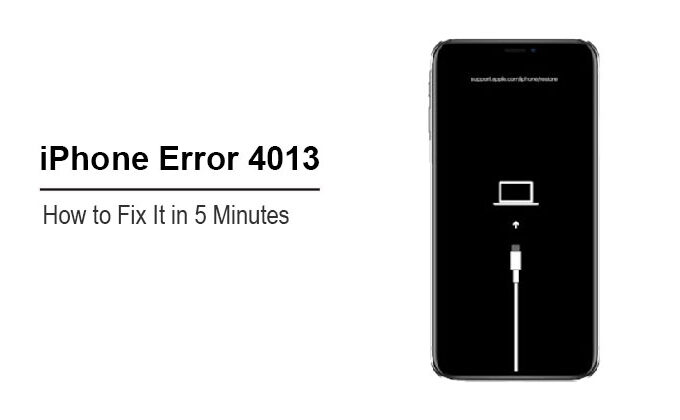Your success is contingent on managing your resources effectively. If it’s a construction project or a product launch event planning, knowing and organizing your resources is essential to reaching your project goals.
That’s where the resource breakdown structure (RBS) is important. Imagine an RBS as an aid to help team members and managers understand all the resources required to complete a project.
This article will discuss a resource breakdown structure and the reasons why it is important for project management, and the best way to design one efficiently.
What is a Resource Breakdown Structure?
A resource breakdown structure (RBS) is an essential tool for project management. It provides a logical and well-organized method of analyzing, categorizing, and displaying the various resources needed to complete the project. It offers an unambiguous and comprehensive overview of both humans and other resources required to complete the project effectively.
At its heart, an RBS is a hierarchical chart or diagram that can break down the project’s requirements for resources into manageable, smaller elements. The components could include:
- Human Resources: Project staff such as managers, team members and contractors define their roles and responsibilities (using tools like RACI) along with required skill sets for successful project execution.
- Material resources: Encompassing physical elements like construction equipment, construction materials, and the supplies required to complete the project.
- Finance resources: Crucial assignment of project funds to ensure an efficient use of financial resources.
- Informational resources: Vital digital resources, including information systems and free tools, databases, research, or the knowledge necessary for making a decision.
- Time resources: Critical for project success. It covers time management and schedules, timetables, for meeting milestones.
By creating an RBS, project manager and teams can gain a comprehensive knowledge of the requirements to complete their task. Effective resource allocation strategies promote communication and collaboration by creating an agreed resource plan, while offering strategies to stay ahead of future resource constraints.
Project management resource breakdown structures (RBSs) can easily be customized for individual projects. making them versatile tools that fit various industries and projects alike. Be it construction, software development, marketing campaigns or another venture that you are overseeing. An RBS can easily adapt itself to meet its requirements.
Once we know what a resource breakdown structure is in project management, we can begin to look into the primary reason behind it.
Also read: Rapid Planning Method: A Smarter Way to Achieve Your Goals
Understanding the Objective of a Resource Breakdown Structure
Resource breakdown structures have various essential reasons in project management. Knowing these functions can help explain why this tool is crucial to efficiently plan and execute projects. Let’s examine the primary goals and benefits of using an RBS:
- Resource clarity and visualization: RBS offers a clear representation of the project’s resources, helping to avoid misunderstandings and ensuring that everyone knows what’s needed in the capacity planning stage and over.
- Effective resource allocation: It allows for exact allocation of resources, which ensures that the correct budgets, people, and resources are distributed effectively to avoid shortfalls or excesses (and provide a baseline for resource optimization ).
- Risk management: Resource breakdown structure aids in identifying project risks through analyzing resources and permitting proactive mitigation options, like taking care of skill shortages.
- Enhanced communication: The RBS fosters improved collaboration and communication among project participants by establishing an open language for discussions on resource requirements.
- Cost control: The tool helps to manage project budgets by ensuring that resource allocation is aligned, making sure that financial resources are utilized responsibly.
- Monitoring development: During project execution, an RBS serves as a benchmark to monitor resource
- usage, aiding in the detection of discrepancies and correction measures (like resource leveling).
Adaptability: RBS can accommodate changing resource needs and ensure alignment with the changing project requirements.
In the wake of examining the need for a resource breakdown structure, let’s look at the way it works in practice.
Why Is a Resource Breakdown Structure Important?
A resource breakdown structure (RBS) isn’t just a project management buzzword—it’s a vital tool for keeping projects on track. Here’s why it matters:
1. Provides Clarity on Resource Needs
An RBS gives a clear snapshot of what the project requires, from manpower to materials. Instead of scrambling for resources mid-project, everything is mapped out from the start.
2. Improves Planning and Budgeting
By listing every resource, project managers can estimate costs more accurately. This helps avoid budget overruns and ensures funds are allocated where they’re truly needed.
3. Enhances Communication
RBSs provide teams, suppliers, and stakeholders a common language about what’s necessary, thus eliminating confusion and keeping everyone aligned.
4. Helps Identify Gaps and Risks
The structure allows teams to quickly detect any missing resources or potential bottlenecks early. This proactive approaches allow managers to solve problems before they become detrimental to a project.
5. Supports Better Tracking and Reporting
Tracking becomes effortless when resources are properly organized and coded. Project managers can effectively monitor usage, allocate funds to stakeholders according to needs, and report progress efficiently.
6. Increases Accountability
An RBS clarifies who is responsible for each resource. This accountability prevents misunderstandings and ensures nothing slips through the cracks.
Also read: What is a Master Schedule? Key Benefits, Common Challenges, and How to Use It
How to Create a Resource Breakdown Structure
Created a resource breakdown structure (RBS) to help project managers in organizing and tracking all resources required for completing a successful project. Follow these steps for creating an efficient RBS:
1. Define the Project Scope
Get clear on your project goals, deliverables, and constraints to better identify all necessary human and nonhuman resources that will be required.
2. Identify Resource Categories
Break resources into major categories like labor, equipment, materials, and services. For example, under “labor,” you might have designers, engineers, and contractors.
3. List All Required Resources
Subdivide each category further and list specific resources; for instance, under equipment like laptops, printers, and other special tools. This makes the structure more complete and actionable.
4. Create a Hierarchical Structure
Arrange the resources in tree form–beginning with broad categories and branching off into subcategories–to make it easy to see how each resource contributes to your project. This approach makes the entire organization transparent.
5. Create and Assign Codes or Labels
Assign each resource category and subcategory a distinct code or label (for instance, L1 for labor and E2 for equipment). This coding system simplifies tracking and reporting throughout your project.
6. Validate with Stakeholders
Share a draft RBS with project team members and stakeholders for feedback to make sure nothing essential has been missed, and that its contents reflect true project needs.
7. Update and Maintain the RBS
An RBS should never remain static. projects change, so when new resources or existing ones become available or disappear from a project, it should be adjusted as necessary to maintain accuracy throughout its lifecycle.
Final Remarks
An effective resource breakdown structure is at the foundation of successful project management. This tool organizes people, materials, equipment, and services into an easy-to-plan, track, and allocate resource framework, making resource planning simpler. Resource breakdown structures provide teams with greater visibility, prevent budget overruns, and ensure every project stays on course.
Implementing an early resource breakdown structure could make all the difference for a project to go smoothly from its inception through completion.















Leave a comment